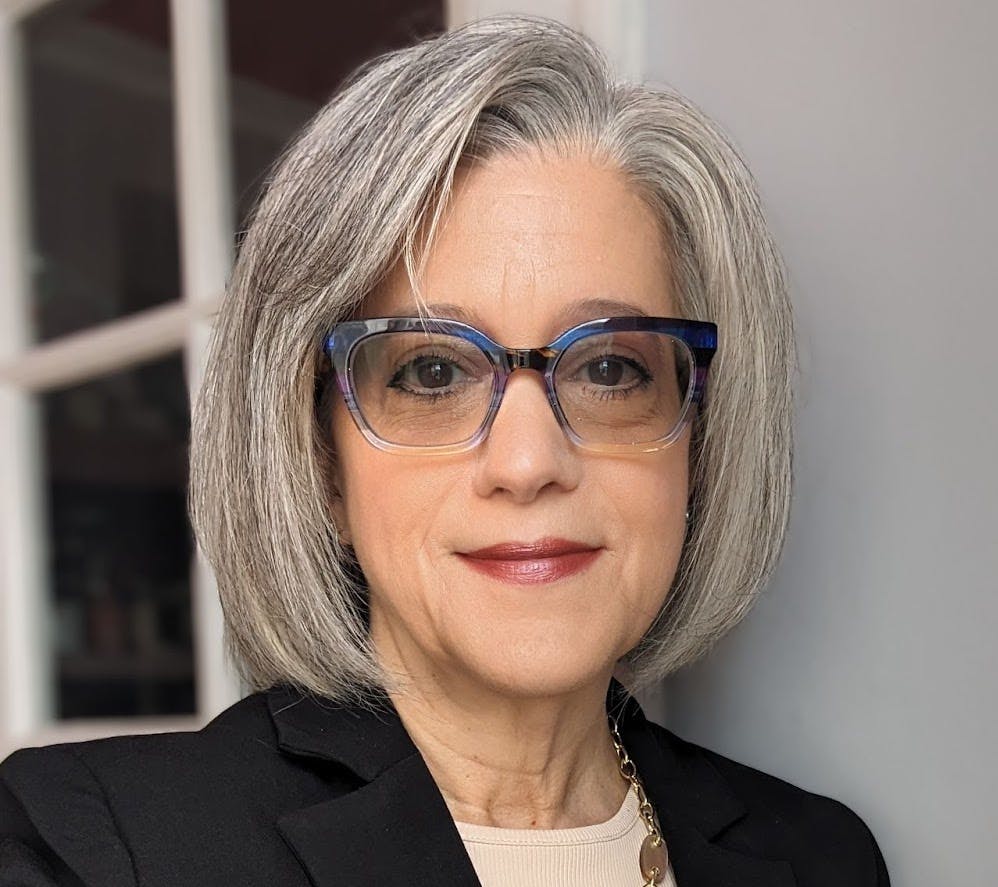
Given my work in attachment, parent-child relationships, and children’s social-emotional development, I would frequently get questions for advice from my girlfriends when we were all raising young children, including struggles such as sleep schedule, car seat refusals, and picky eating. Often they would say, “I tried your advice and it didn’t work.” Because I was experiencing many of these same challenges, I had enough empathy to realize what they mostly meant by this: “It didn’t work right away, my child is still tantruming, and I am too exhausted to keep this up.” Parents discover that at all ages, “getting to yes” means playing the long game.
And so it is in classrooms, but with the added challenge of an exponentially increased child-to-adult ratio. While we know that social and emotional learning (SEL) is not intended to be a “behavior management system” per se, high quality implementations should, ideally, prevent many behavior challenges from arising in the first place. But many is not all, and ideal doesn’t exactly describe the conditions in schools today. Throw in a youth mental health crisis that has been growing from before the pandemic and dramatically since, not to mention teachers’ own stress and burnout (Irwin et al., 2023), and holding on to those non-reactive, compassionate SEL strategies can feel impossible. We might wonder, “Why are we still doing this?”—even though we could probably write a dissertation on why we should.
So how and why do we keep going? My colleagues and I have learned so much as we have journeyed with the participants in our SEL trainings, during this post-COVID, post-George Floyd, late-stage capitalism world, from which I offer the following thoughts for educators and those who support them:
Anticipate grief
Grief is what happens when you know what is best to do for your students but often cannot. This may be because of systemic barriers, lack of support in your school, or your own human limitations. The teachers we support have told us that almost nothing is as powerful for them as being truly seen for how difficult it is to be a teacher nowadays. Allow the grief in and the shame out. If we had received authentic SEL when we were kids, we would already be facile with self-compassion, but we didn’t, so we’re not. When teachers can feel seen for their grief rather than having it be ignored or explained away, this can be healing in itself and provide some of that needed energy to keep at it.
Consider that “acting out” can be a sign of trust
Just like kids are “better for the babysitter” than for their parents, remember that students, too, act out where they feel safe and can trust that care won’t be withdrawn. Considering the systems of oppression that bear down on so many students, it’s even more critical to provide an oasis of steady, shame-free, and unearned connection. Threatening students with removal of your positive regard never works, but staying connected might.
Remember your students are watching
Even when you can’t detect positive changes, students benefit from seeing you use SEL with others. Adults know this from those instances when we would have preferred that children weren’t watching us so carefully. When we continue to show empathy, mercy, and healthy boundaries—especially when it’s difficult—even if a particular student may not be able to take that in, the other students watching will, both as a model for how they might be treated in similar circumstances as well as how they ought to treat others who are having a hard time.
Get clear on the purpose of SEL
What is SEL for? The CASEL 5 are just the building blocks toward the ultimate goal of what we want for our society’s children. Some define this pinnacle as thriving in a democratic society; I like to frame it as liberation and self-actualization. But what do such lofty goals mean in the day-to-day? In Beyond Discipline: From Compliance to Community, Alfie Kohn (2006) suggested changing the question from “How do I get children to do what I want?” to “’What do children need?”—followed immediately by ‘How can we meet those needs?’” (p. xv). We can turn the lofty into the practical by asking whether a particular response to a “problem behavior” will help a child discover who they are supposed to be, rather than simply what they are supposed to do.
Reframe, consider, say
My colleagues and I have developed our own model for actualizing this aspirational “sweet spot” between SEL and behavior guidance, in which we support teachers to Reframe behavior disruptions as needs (e.g., “can’t stay in seat” becomes “thinks better while moving” or “is curious about other students’ work”), Consider whether a radically non-typical response would “make the world stop turning” (e.g., is staying in one place really necessary at this time, or for this child?), and pause before they Say their verbal response (e.g., “Should we do a gallery walk so we can see each other’s projects?”). While it is natural for teachers to initially fear an endless stream of exceptions, the “prosocial classroom” is one where teachers are “comfortable with a level of ambiguity and chaos” (Jennings & Greenberg, 2009) that is all part of the long game.
Sit with the reframing part
Faber & Mazlish (2008) refer to this process as “freeing a child who is locked in a role” (p. 194). I love this way of thinking about reframing students’ negative behaviors, and I much prefer it to the trope of “catching children being good.” If we see children’s patterned acting out as a trap from which they would rather be free instead of an inconvenience to us, then our approach becomes about liberating them as opposed to coaxing them into pleasing us. In turn, we are liberated from our role as enforcers, which was of course not why we got into the profession of education.
So while SEL may sometimes feel like it’s not working, it is, though perhaps more slowly or beneath the surface than our eyes can see in the moment. When we stay steady in the storm, as well as repair our inevitable mistakes, students feel it even if they don’t show it. While you’re out there fighting this good fight, know that there are those of us holding space for the grief and overwhelm around the tall task before you, as well as the inadequacy of the solutions you are offered. We see you.
Citations
Faber, A., & Mazlish, E. (2008). How to talk so kids can learn. Simon and Schuster.
Jennings, P. A., & Greenberg, M. T. (2009). The prosocial classroom: Teacher social and emotional competence in relation to student and classroom outcomes. Review of educational research, 79(1), 491-525.
Kohn, A. (2006). Beyond discipline: From compliance to community. ASCD.
Irwin, V., Wang, K., Tezil, T., Zhang, J., Filbey, A., Jung, J., … & Parker, S. (2023). Report on the Condition of Education 2023. NCES 2023-144. National Center for Education Statistics.
Amanda Moreno, Ph.D., is an associate professor at Erikson Institute, founder and director of the SELove research and professional development group, and mother of two wonderful teenagers who aren’t buying what this world is selling.
The views in this blog are those of the author and do not necessarily reflect the views of CASEL
Related Posts
- The Key to Efficacy: Don’t Forget to Look for the Successes
- How Trauma-Informed Strategies Transformed My Classroom
- 5 Meaningful, Standards-Based SEL Activities for the Classroom
.

